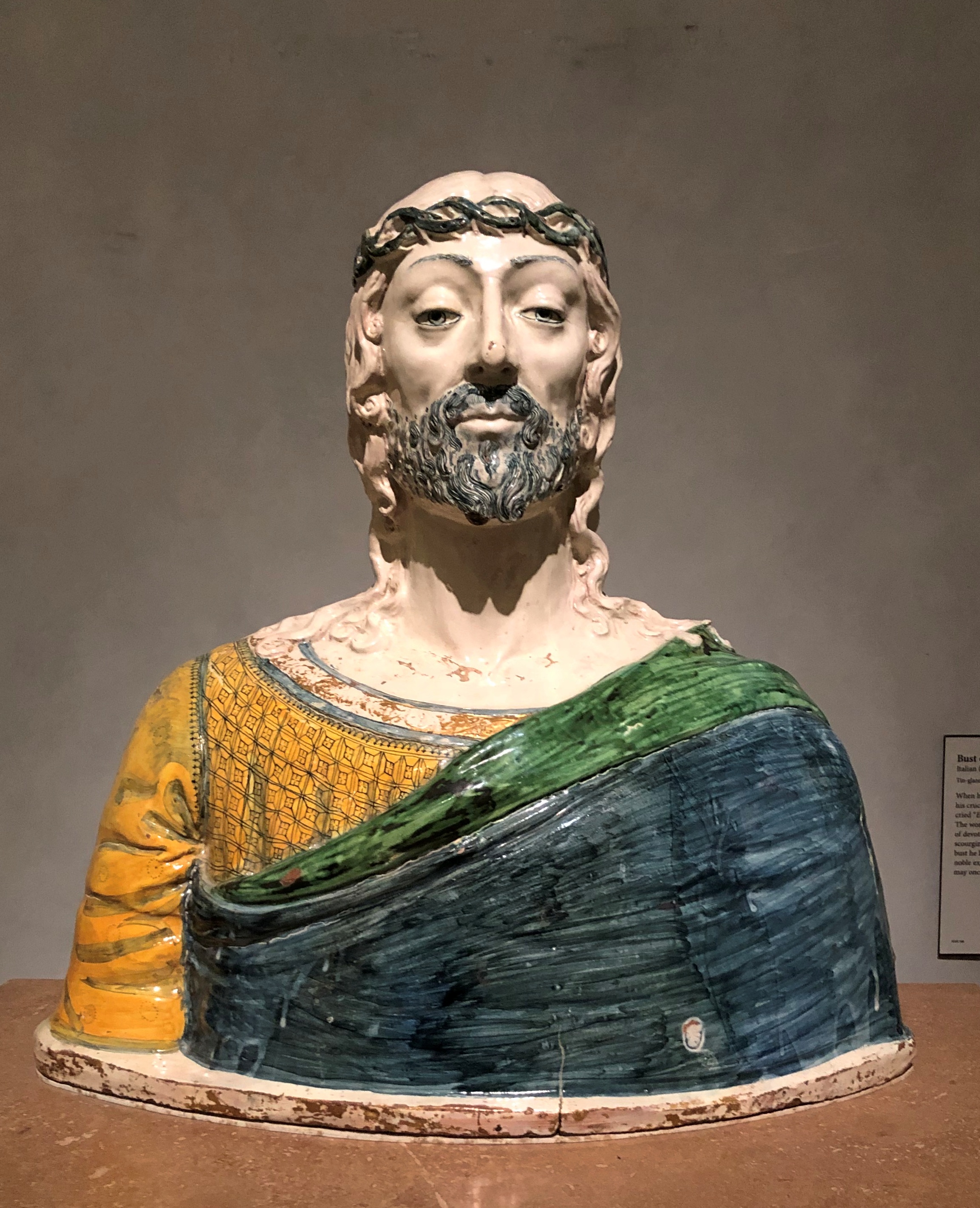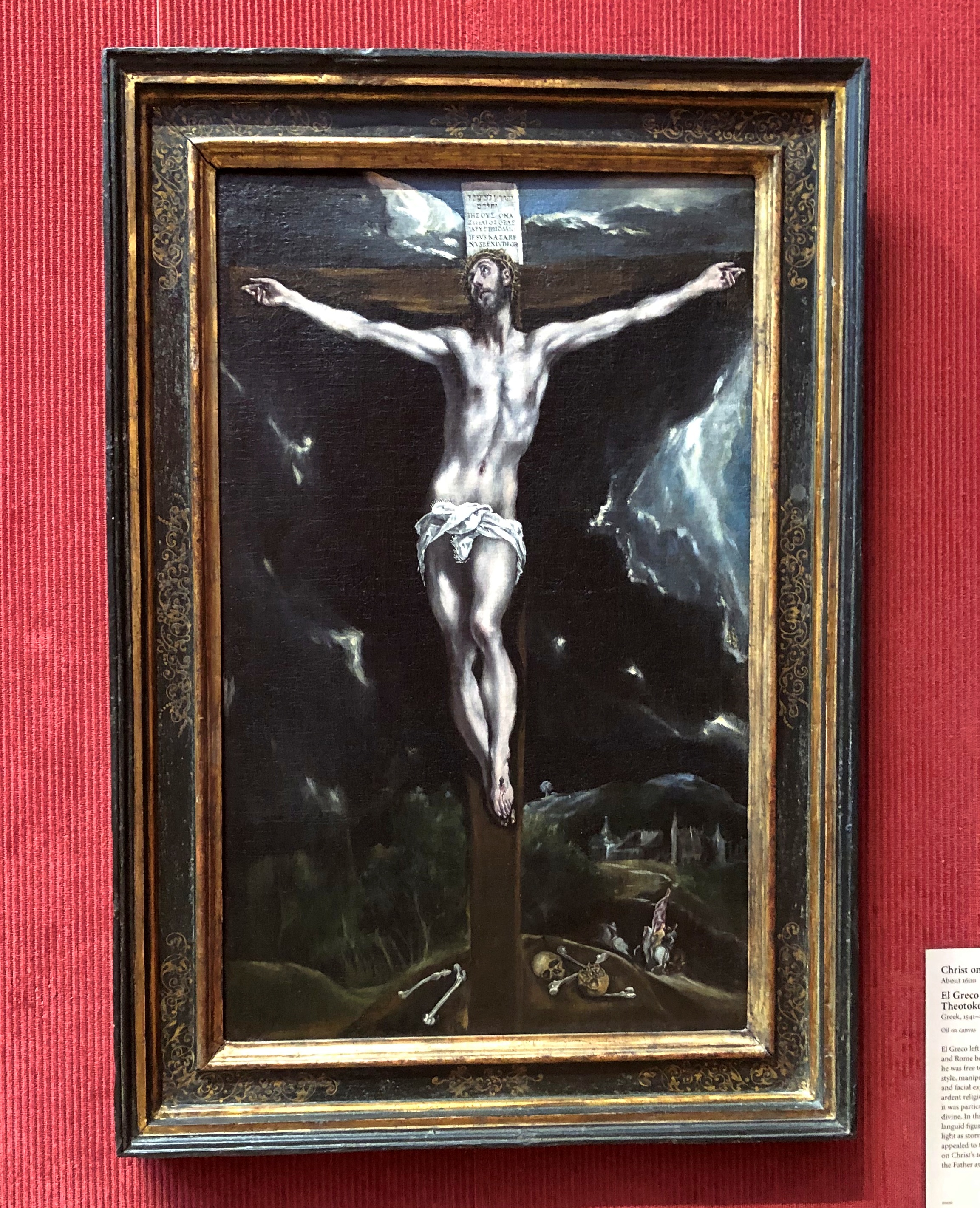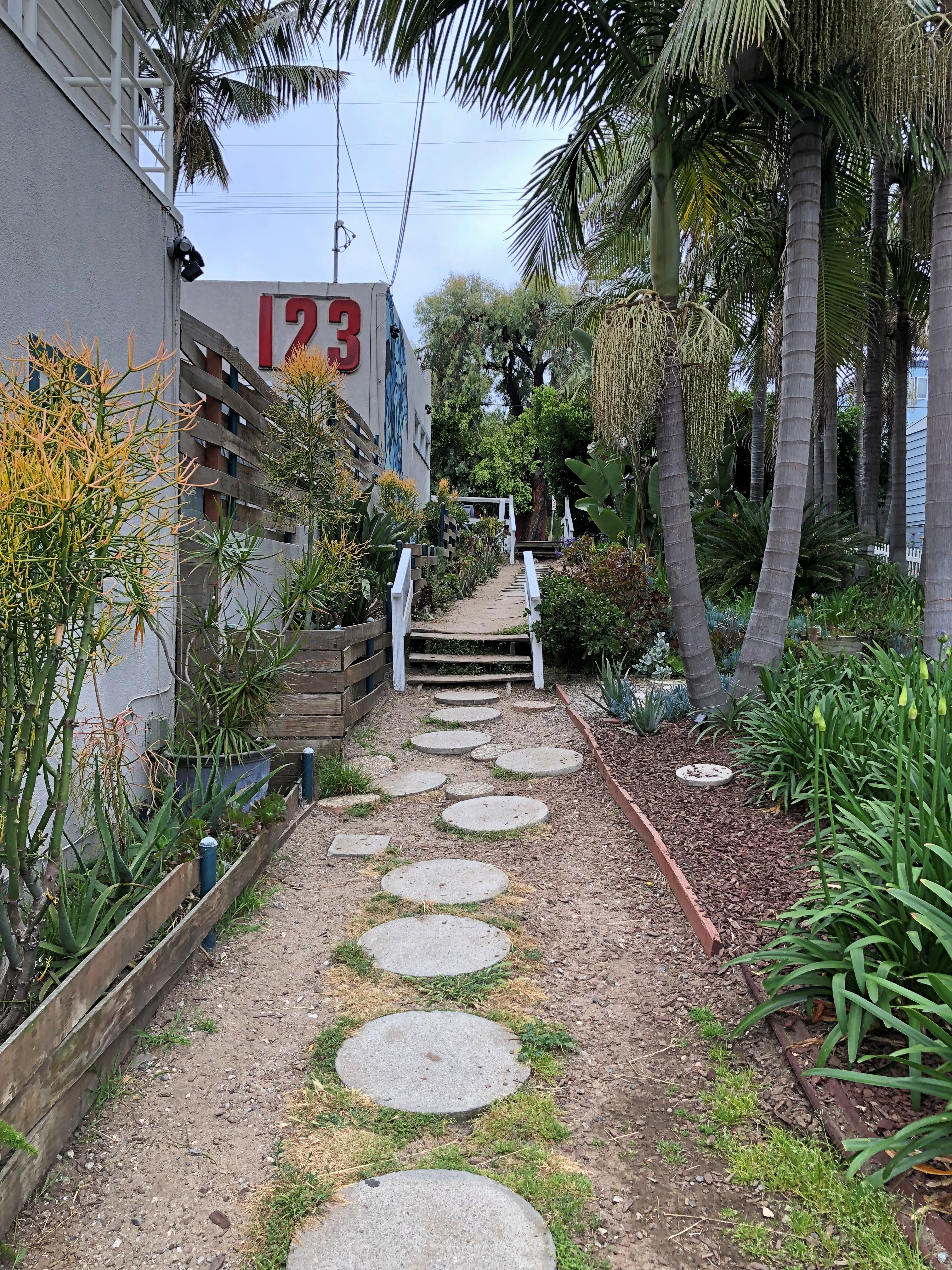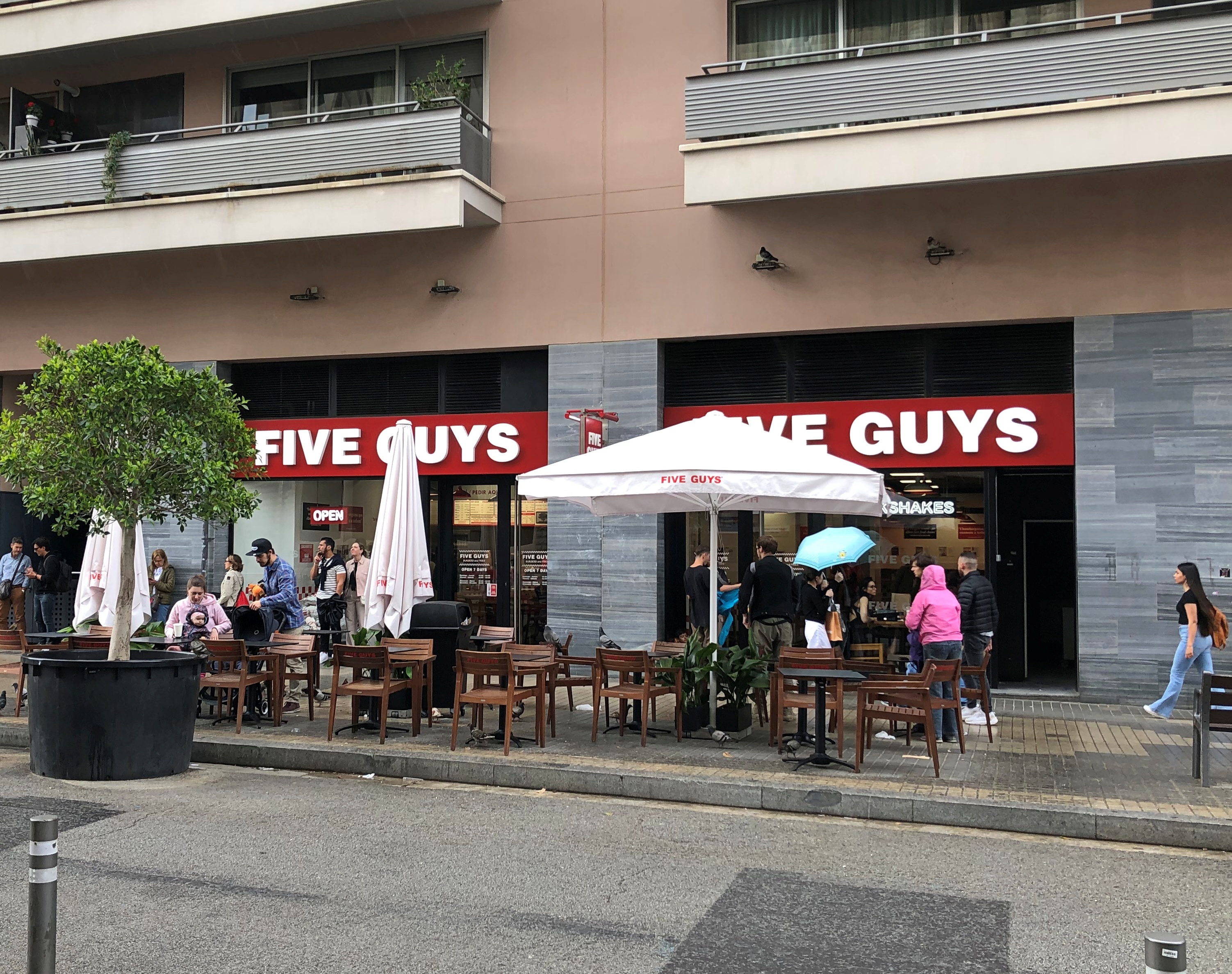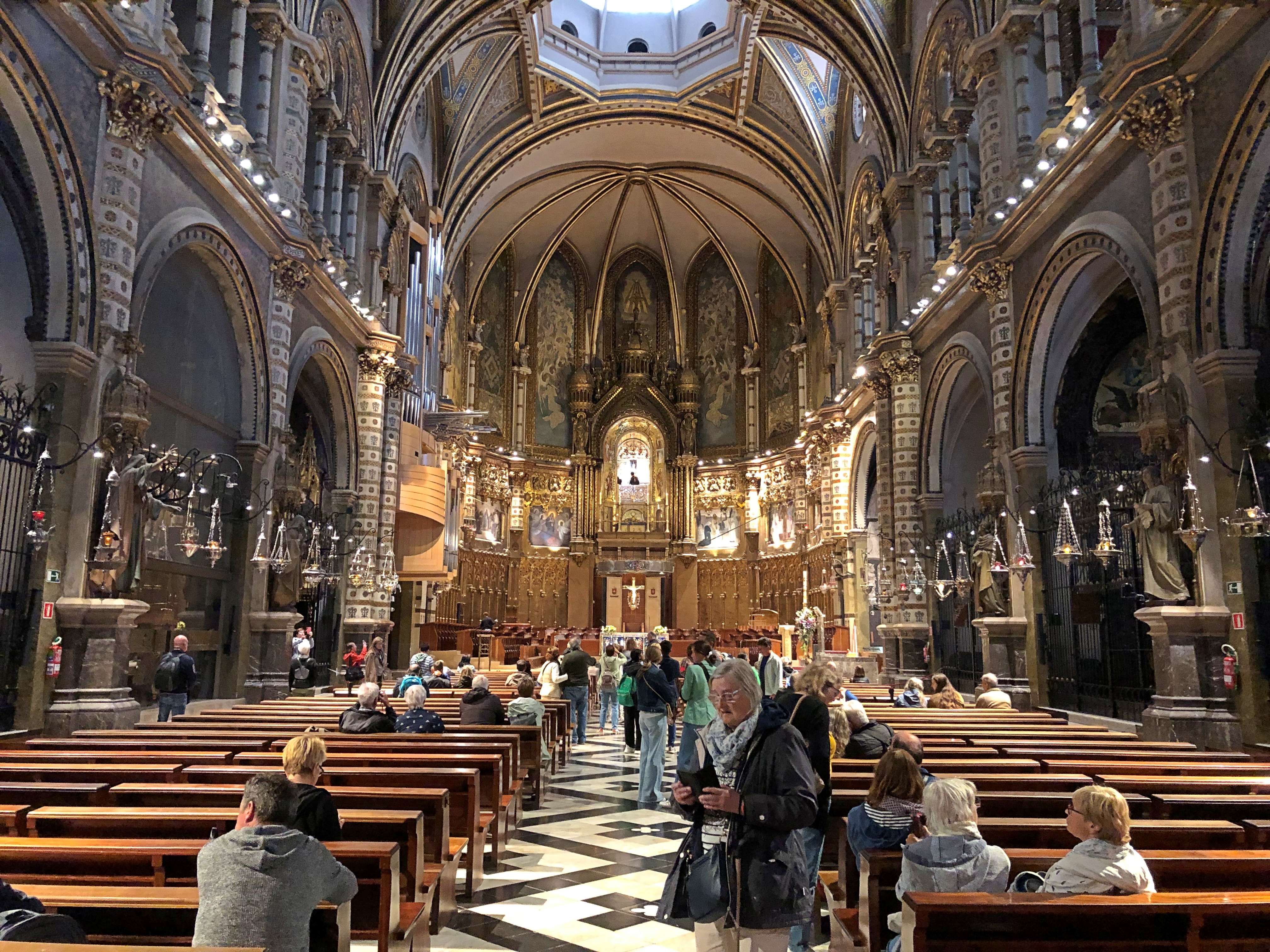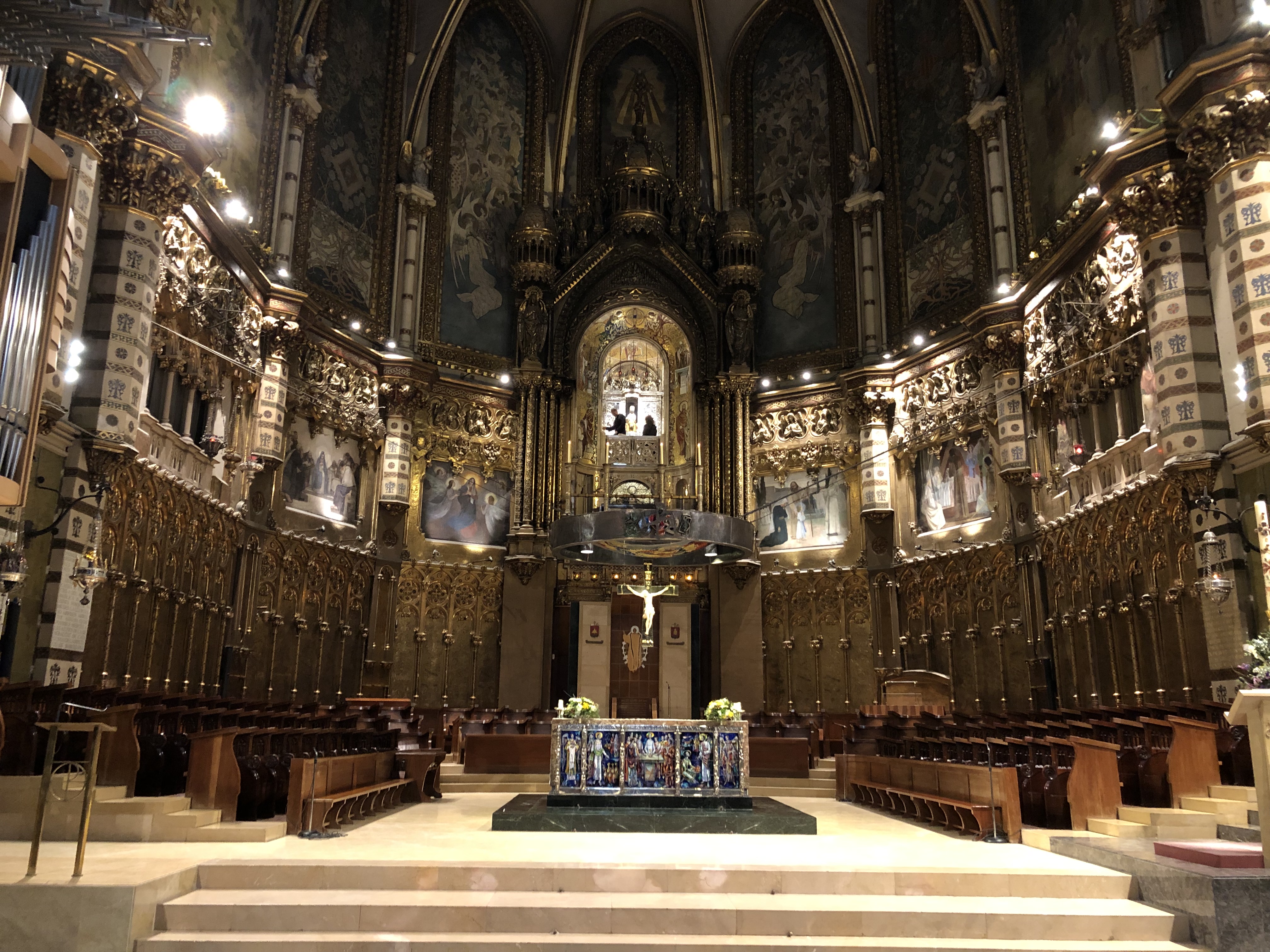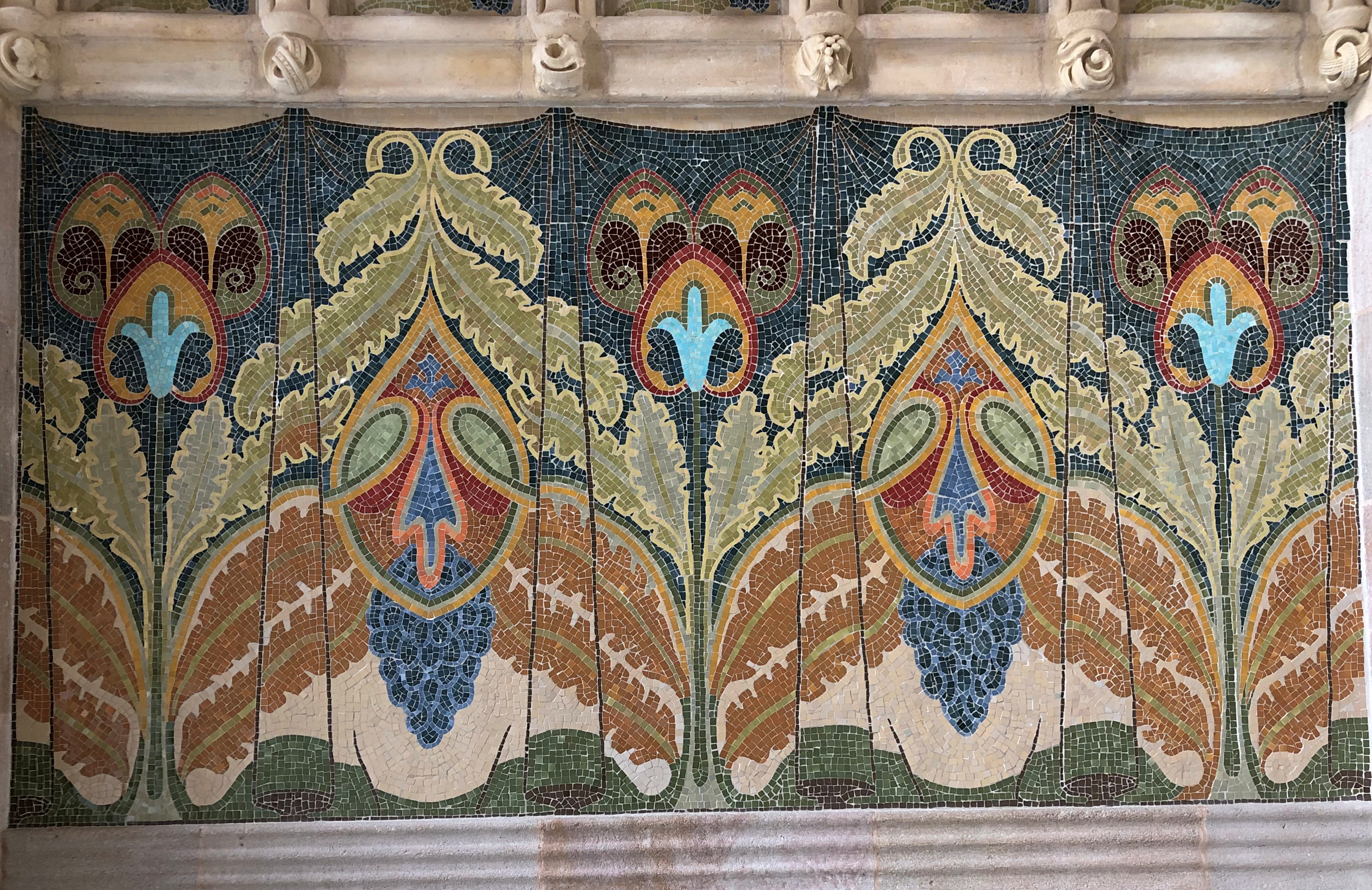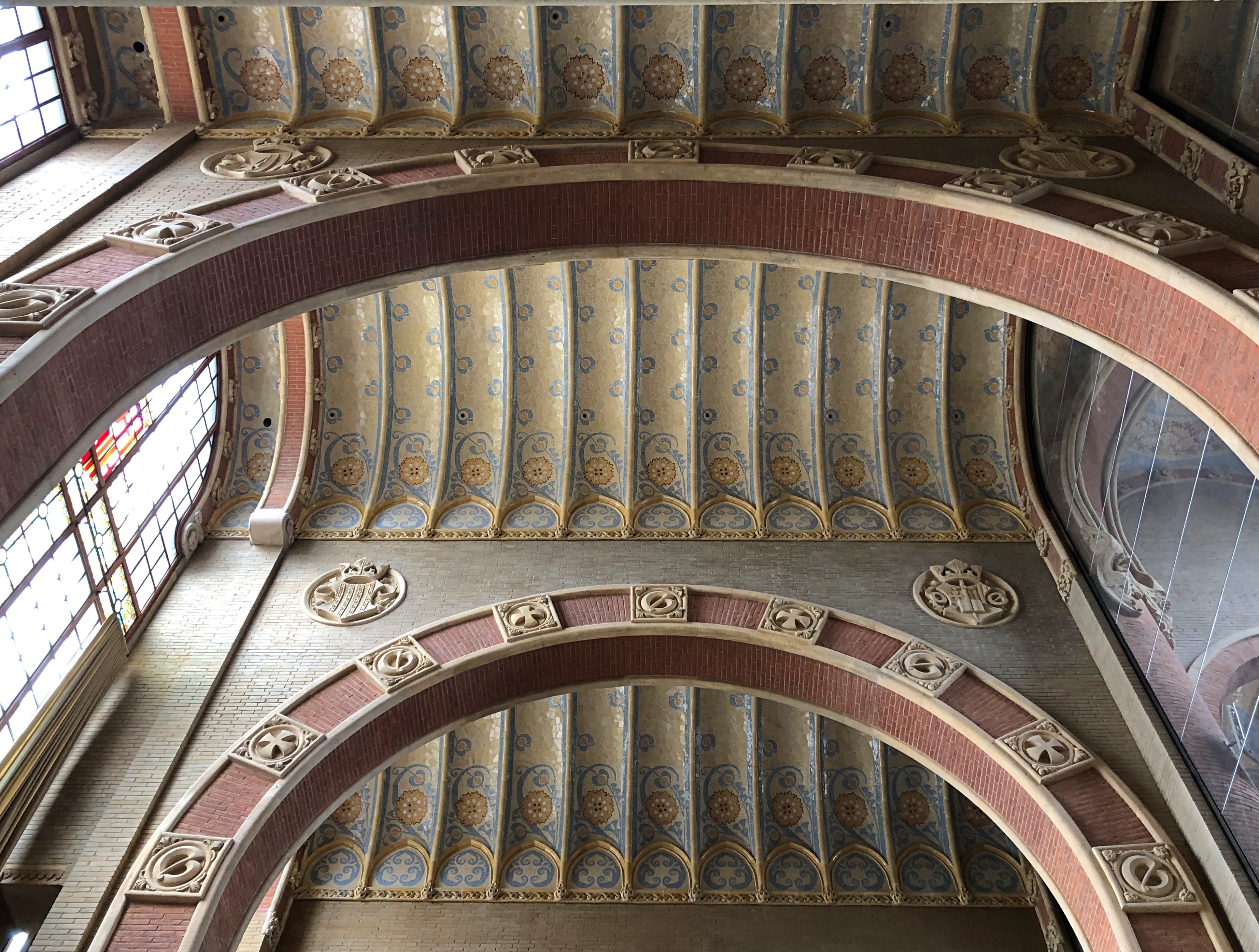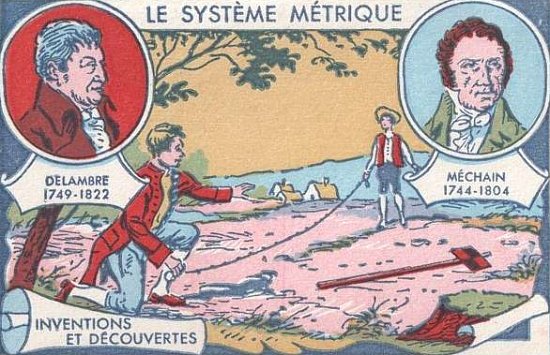After a mostly dry June here in northern Illinois, early July saw some rain, but not quite enough to end the dry spell. Out beyond the grass and gardens of the suburbs, it’s a “stressful time for corn and soybeans.”
June 25, mid-day, at a cornfield in southern Wisconsin, which is suffering a drought as well. Moderate drought for the county that includes this field, at least as of the end of June.
The field looked healthy to my untrained eye, but for all I know that’s what a stressed crop looks like a few weeks into a drought. I might be up that way again next weekend or the next, and I’ll stop by for a look at the same field if so.
I had the opportunity to spend most of a weekend in Los Angeles in early June, so naturally I did. To visit some of the places that I considered but didn’t have time for in pre-pandemic 2020, because that’s how I think, though I didn’t make it to La Brea Tar Pits this time or earlier. Like the Cloisters on the other coast, it’s a place that still eludes me.
On the other hand, I made a point of going to the Los Angeles neighborhood of Venice this time.
Though named for the place in Italy, Venice has a distinctly American history, invented as it was ex nihilo by a real estate developer looking to reference the Old World in the newest part of the New World, namely California. Not just any developer, but one Abbot Kinney, whose career was circuitous and strange, the way business men could be in the late 19th and early 20th centuries.
Not only that, the arc of history in Venice is very much American: an initial flowering, subsequent decline, much demolition and disfigurement in the name of modernization, years of scraping along the bottom, an effort to save its meager remnants, gentrification and insane property values – all within the span of about a century, specifically within the 20th, though spilling into the 21st. Which is an affluent time for Venice of America.

“When it opened on July 4, 1905, Venice of America boasted seven distinct canals arranged in an irregular grid pattern, as seen… in Kinney’s master plan for the community,” KCET says. “Totaling nearly two miles and dredged out of former saltwater marshlands, the canals encircled four islands, including the tiny triangular United States Island. The widest of them, appropriately named Grand Canal, terminated at a large saltwater lagoon. Three of the smaller canals referred to celestial bodies: Aldebaran, Venus, and Altair.
“Soon, a second set of canals appeared just south of Kinney’s. Linking up with the existing network through the Grand Canal, these Short Line canals (named after the interurban Venice Short Line) were apparently built to capitalize on the success of Kinney’s development. Their origins are uncertain, but work started soon after Venice of America’s 1905 grand opening, and by 1910 real estate promoters Strong & Dickinson and Robert Marsh were selling lots in what they named the Venice Canal Subdivision. Built almost as an afterthought, these six watercourses are the only Venice canals that survive today.”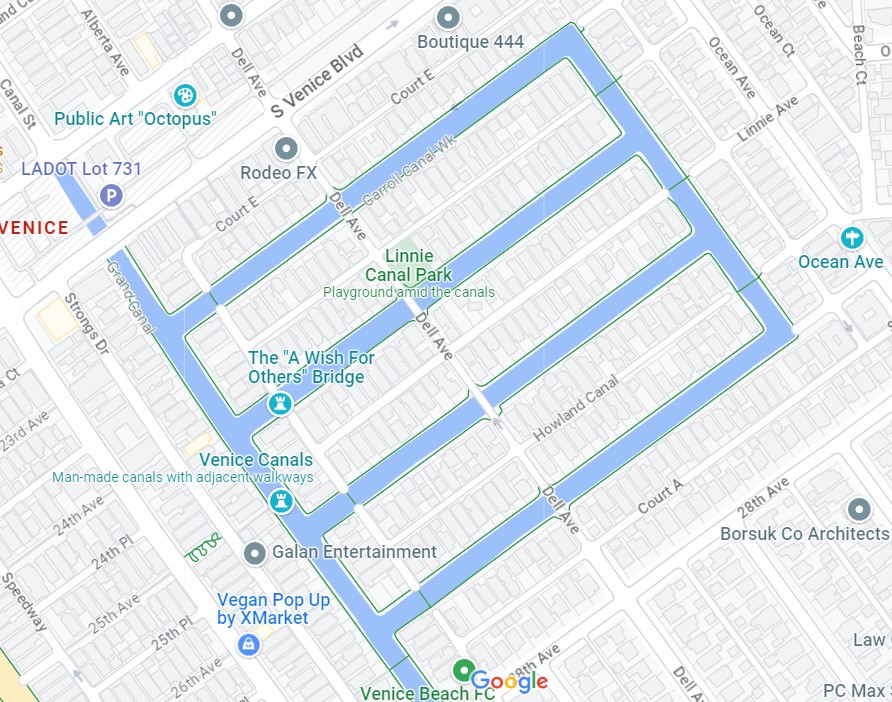
The rest, the originals in their irregular grid and with their celestial names, were long ago filled in and paved over – that would be the demolition and disfigurement.
I arrived in the neighborhood fairly early in the morning, early enough – I realized later – to park on Venice Blvd. within walking distance of both the canals and the beach, which is more difficult later in the day. Venice Blvd., near the ocean at least, also happens to be the locus of a handful of residents living in parked RVs and, for those who can’t swing that, tents in the boulevard median.
The canals form a neighborhood unlike any I’ve seen and, I have to say, flat-out gorgeous in our time.
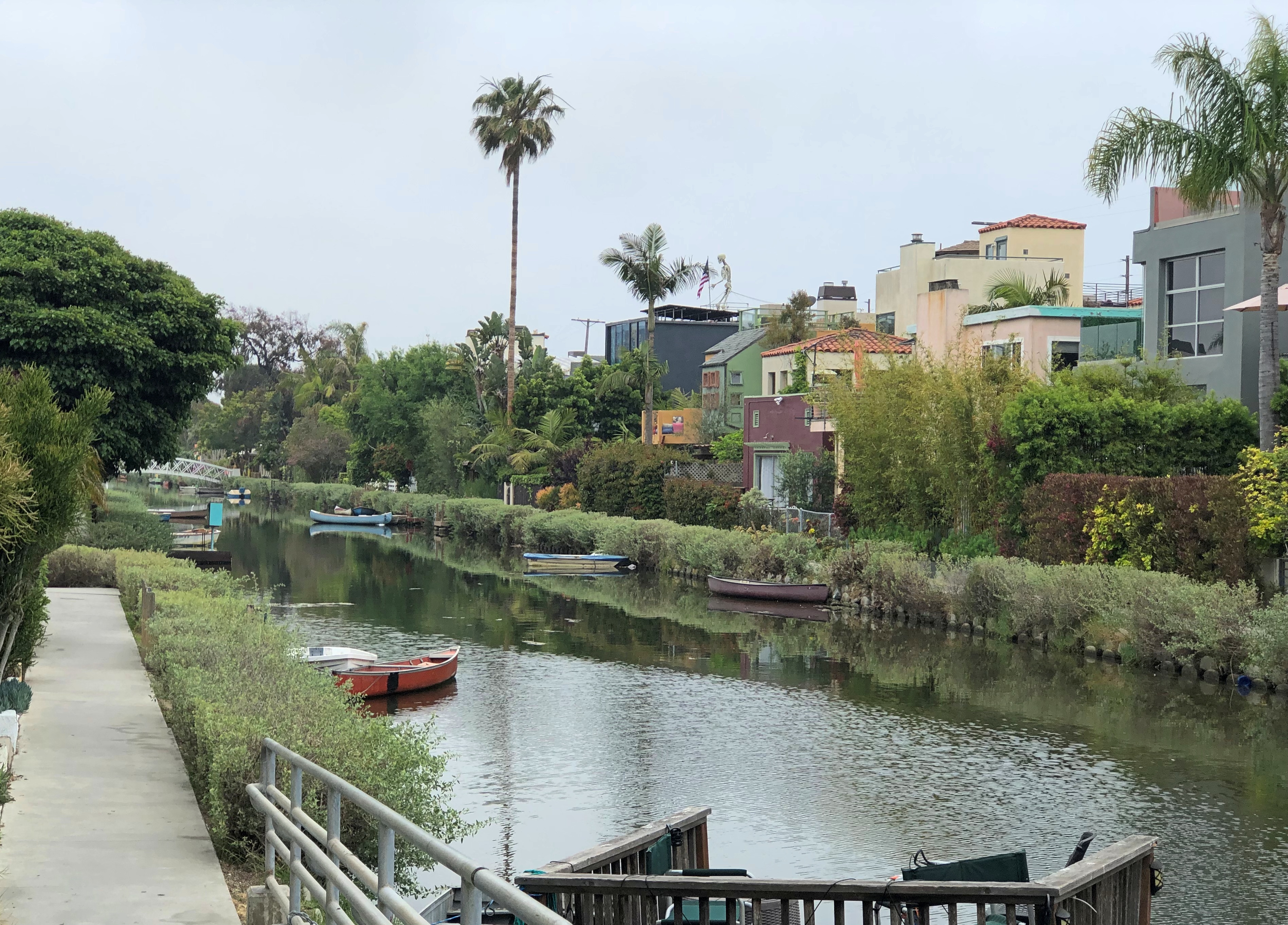


Public sidewalks run between front yards and the canals, with occasional footbridges crossing the canals. This arrangement, I’ve read, is the result of renovation that occurred in the early 1990s. The only vehicular street running through the neighborhood is Dell Ave., which connects with alleys behind the houses with the wide expanse of LA streets. The way residents drive in and out of the area, that is.

The yards are lush, at least they were in June. Temps weren’t that warm the day I visited, and the skies fully overcast and sometimes drizzly, since southern California seems to be in some kind of weird weather bubble these days. Made for a good walking environment, though.



Hard to believe the area spent much of the 20th century as a slum; a quick look at Zillow’s estimates puts no property along the canals at much less than $2 million, and many a good deal more, with a scattering of new houses under way as well. Such is real estate across the decades.














